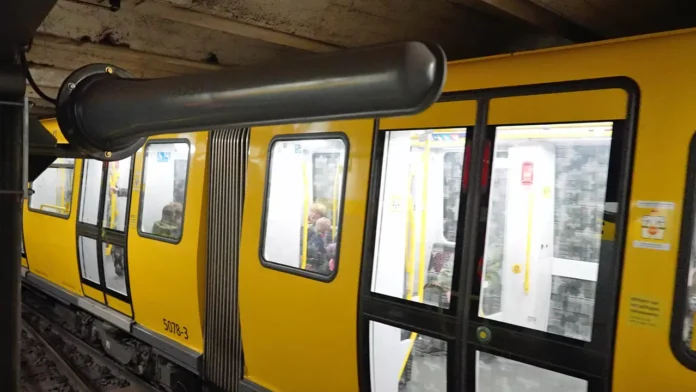O2 Telefonica, Vodafone Germany and Deutsche Telekom took part in this 4G connectivity project
German telco O2 Telefonica and Berliner Verkehrsbetriebe (BVG), the German public transport company which manages Berlin’s subway system, announced the launch of a new 4G/LTE mobile network from all German mobile phone providers on all underground routes, O2 Telefonica said in a release.
BVG and O2 Telefónica acted as the leaders of the connectivity project. Vodafone Germany and Deutsche Telekom also participated in the project.
“Our Berlin subway network is complemented by another first-class network, the 4G/LTE mobile network. Having reliably good cell phone reception in the subways, being able to access the Internet and send emails is all part of a modern metropolis for Berliners and guests of our city,” said Franziska Giffey, Berlin’s senator for Economic Affairs, Energy and Enterprises and chairwoman of the BVG Supervisory Board.
O2 Telefónica, owned by Spanish telecom group Telefonica, said it has created a completely new mobile communications architecture for the Berlin subway network. Previously, the telco explained that the network technology was distributed across various underground operating rooms along the route network. From now on, four central above-ground data centers – the so-called “BTS Hotels” – offer access to the base stations at any time, allowing network engineers of the major mobile phone providers to add new hardware and software much more quickly, O2 Telefonica said.
O2 Telefonica also highlighted that the new network also lays the foundation for 5G expansion. The three carriers plan to provide powerful 5G coverage at the Alexanderplatz train station on the 3.6 GHz frequency.
For the network expansion, O2 Telefónica said it has laid out more than 1,000 kilometers of fiber optics on the tunnel routes. The German telco has also laid more than 1,000 kilometers of high-frequency cables and installed 360 tunnel antennas, 350 repeaters and 30 base stations as part of this project.
“We are proud that we have successfully completed the largest indoor mobile communications project in Germany. We have not only expanded the network, but also created a completely new mobile communications infrastructure that provides an optimal basis for the network of the future. The network expansion continues without a break: We are providing Berlin with fast 5G across a large area and will push the expansion both above and below ground,” said Matthias Sauder, head of network expansion at O2 Telefónica.
O2 Telefonica recently said it has already deployed nearly 10,000 5G base stations since it initially launched 5G services back in October 2020. The telco said its 5G network currently reaches 95% of Germany’s population.
In October 2023, O2 Telefonica announced the launch of its 5G Standalone (SA) network in the country under the 5G Plus brand. Until this launch, the German telco had been offering 5G services through the NonStandalone (NSA) 5G architecture partly via its LTE/4G core network.

